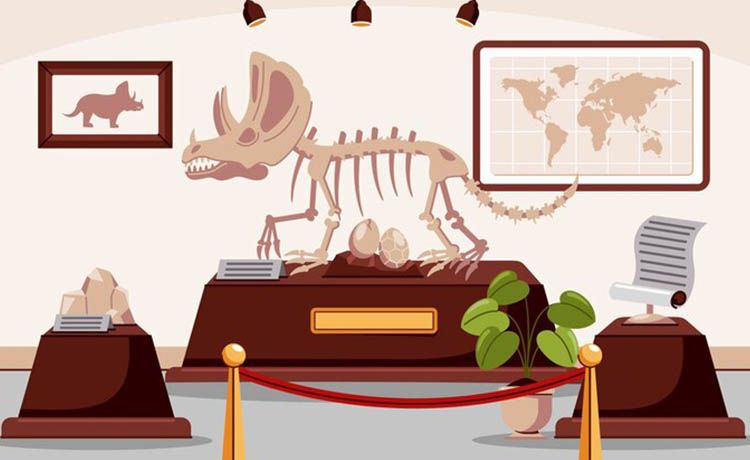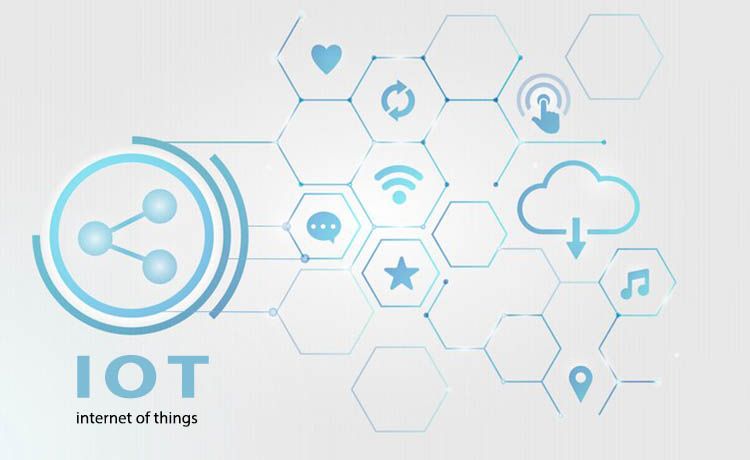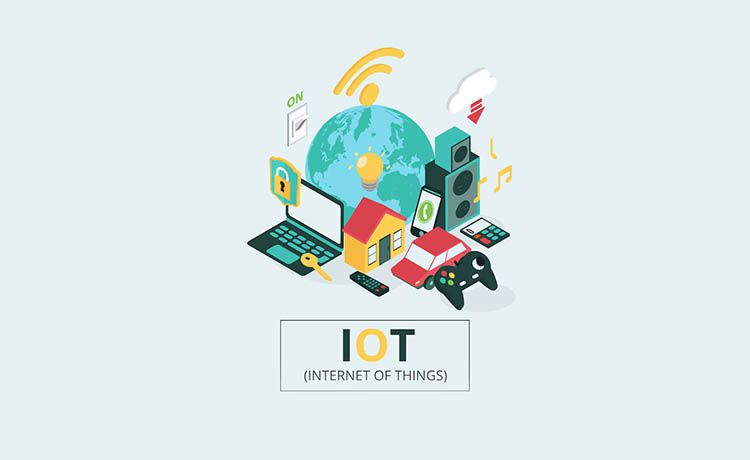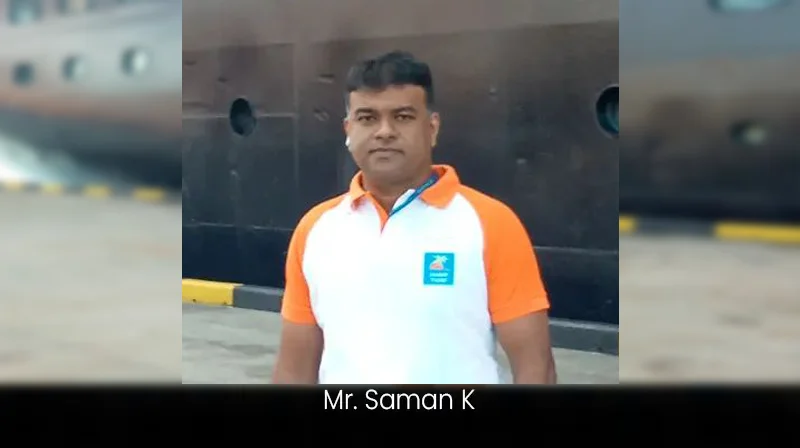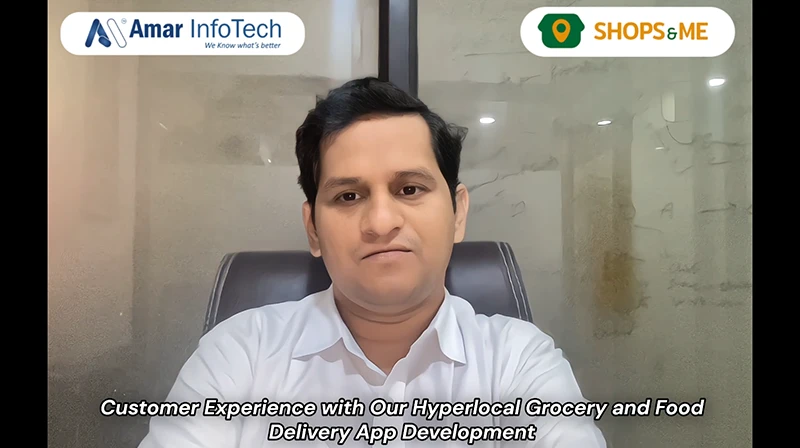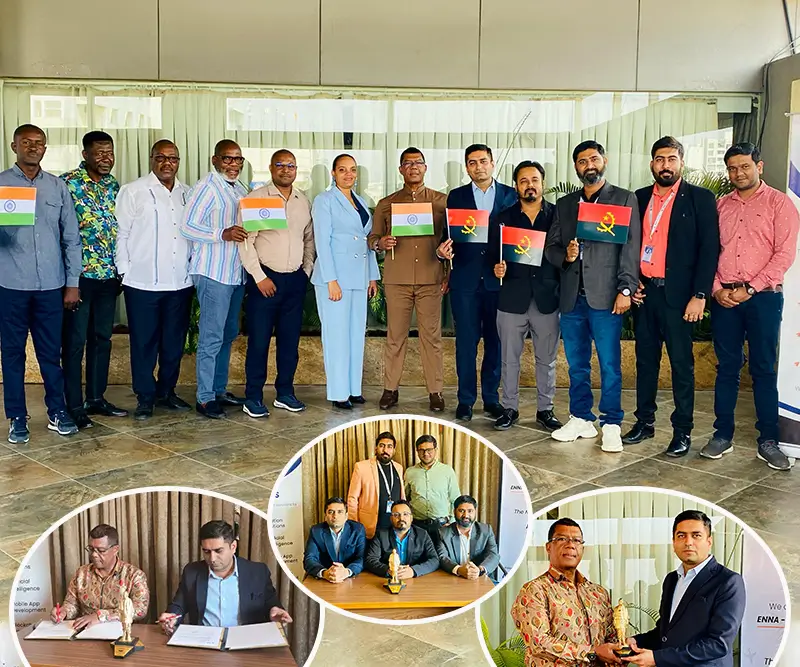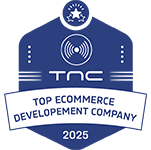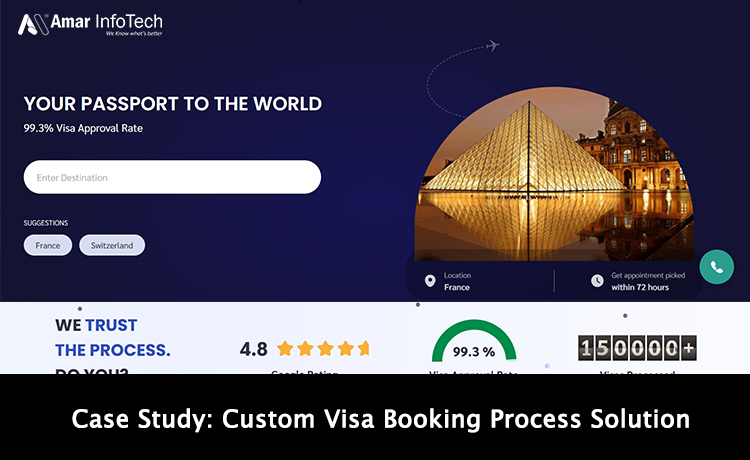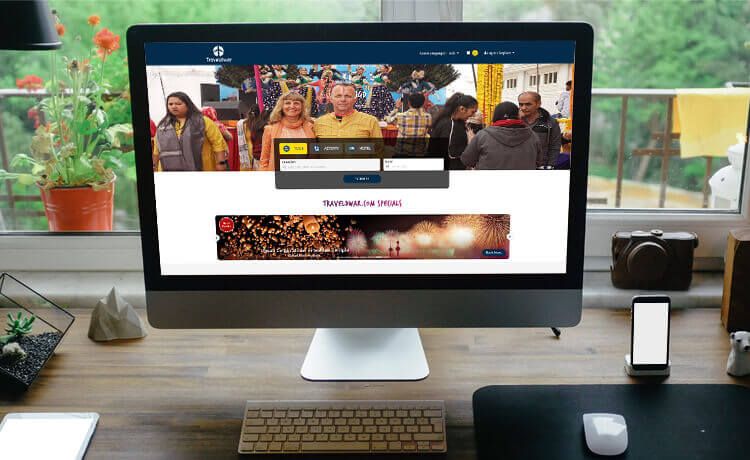Recently, there has been a lot of attention given to this device in the museum industry because this technology addresses the need for an inexpensive, easy-to-implement solution for indoor location-based solutions. One of the biggest challenges faced by exhibitions and museums is to attract younger generations. Being technologically advanced and having enormous opportunities for gamification, Bluetooth-based mobile apps surely tackle this problem. Designed to create personalized interactions, improve visitor engagement, and take content delivery to the next level, Bluetooth Location-based solutions for the museum can redefine the visitor experience by allowing each art piece to personally communicate with visitors.
If a museum puts some Bluetooth based devices in its galleries, any device can find them and any application can use those devices to trigger content. These devices like Beacons, iBeacon, Eddystone, QTrace, and many more.
QTrace is our own creation based on location-based technology. Museum Operators can take advantage of this device. As Amar Infotech is Bluetooth application based company; we provide the finest solutions for Museum Location-based services.
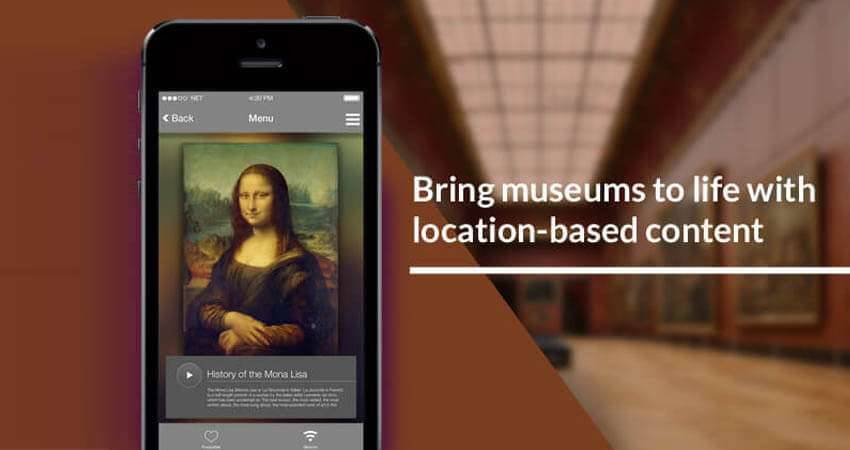
Why Bluetooth Location Technology best suits the museum industry
As mobile technology is evolving, the gap between the physical and the digital user experience is disappearing. A GPS signal is too weak to penetrate buildings, especially in the case of enclosed spaces with thick walls. QTrace, although relatively new in the location-based technology space, have proven themselves to be a robust solution for large indoor spaces.
Today, leading businesses and brands are leveraging the technology to not only deliver personalized content to their customers or visitors but also to capture important insights (such as dwell time, frequency of visits, visitors’ path, etc.)
This technology is truly transforming museums by engaging people with a range of relevant content from art descriptions to educational videos, which is delivered at the right time, based on the exact location in the museum.
On top of this, the technology can be used to deliver a contextual interactive guided or self-guided tours, enable contextual interpretation, organize games, scavenger hunts, and quiz, gain insights like visitors’ trip pattern and behaviour, etc.
A QTrace-based proximity marketing solution is an excellent way to provide a greater mobile experience that is highly relevant, personalized, and delivered in a timely and seamless manner.
Map of the Museum and ability to pin the location of artworks
Recommendations on what to see from museum
Full listing of our exhibitions and how to visit the museum
Ability to save your favorite art, events, and exhibition
Optimized for use with ios accessibility Features including voiceover, zoom and larger text
Visitors can receive Proximity triggered messages providing relevant information such as alerts for upcoming exhibitions or just inform visitors about the museum facilities
At Museums, Bluetooth QTrace can be used to deliver updates to visitor as they move around places
Contextual information to inform visitors about other facilities such as Cafeteria, porchways, toilets, and museum shop
Dwell times like how much time visitors spend at different locations of the museum or which locations are most popular
Some Features of Location-based Device For Museums:
Technology Used by Museums around the world
Sydney Art Project
Kaldor Public Art Projects along with Australian artist Jonathan Jones created an exhibition entitled “Barrangal Dyara, to share and educate about aboriginal culture. The mobile app delivered content at specific locations, with push notifications sent when visitors came within range of beacons positioned at various points on the site of the 1882 fire. Signs and reminders about the need to enable Bluetooth were placed throughout the area, along with information about the availability of the app for anyone who wasn’t already aware of it. The feedback from guests was positive and the use of beacons to power the app that supplemented the display has drawn praise.
The Groninger Museum
The Groninger Museum is the first museum in the Netherlands where beacons have been implemented. The technology is available in the exhibition “The Collection”, from March 29, 2014, onwards. It is used to send interactive content on artworks to visitors using the app.Visitors who do not have a compatible smartphone or tablet can rent these at the museum so that they have access to interactive media. Thanks to this application, the visitor has access to additional video and audio clips, background information and detailed photos of the artworks. A mix of interactive media excites, amazes and inspires a unique experience.
New Museum in New York City
For the UN’s International Day for Mine Awareness and Assistance in Mine Action on April 4th, New Museum in New York City hosted an exhibit that used iBeacons to simulate a virtual minefield and let anyone experience the danger of landmines. Visitors were required to download the Sweeper app. Using beacons, the Sweeper app detected transmitters hidden behind the exhibits. When a person came too close to a transmitter, it acted as a landmine and detonated, filling the user’s headphones with a jarring explosion followed by an audio testimony of someone’s actual experience. This was inarguably the unique use of beacons one has seen so far.
Making a more interactive experience, museums are changing the way they educate, guide and tell stories to visitors. Location-powered mobile apps provide visitors with a personal tour guide, just in the palm of their hands.
QTrace-based proximity marketing solutions have a lot of potentials to change the way visitors gain experiences at galleries, museums, and public spaces. The technology is gaining momentum across a variety of industries and there are many museums worldwide that are deploying and experimenting with beacons to deliver contextual content, create location-aware audio guides and indoor navigation solutions. If you’re looking forward to having a similar solution, feel free to get in touch with us.
